I am an EE student who was able to secure a summer job with a CS professor. He will start working on a development project and asked me to setup a GitHub repo for the same. I have coding experience but my experience with git and other software tools has been very minimal. Attached is a picture of the repository I built for him. He saw the repo and told me to include for CI-CD and Airflow. Now, I found some stuff online to help me with airflow but am stumped at the CI-CD part.
I have watched tutorials and have kind of understood what the continuous integration, delivery/deployment means but I am unsure how it should look in Github.
Shouldn't the current structure take care of the CI-CD process, like integrate all your code in the src folder (see image) and then testing will be done through the scripts in the test folder. Do I need to connect the folders somehow, so when programmers integrate their code, testing automatically runs to validate their work? Or should there be a separate CI-CD folder with subfolders? and if so, what should the subfolders be called?
I realize my question is not a standard posting at stackoverflow, but I will incredibly appreciate if someone could please help me.
